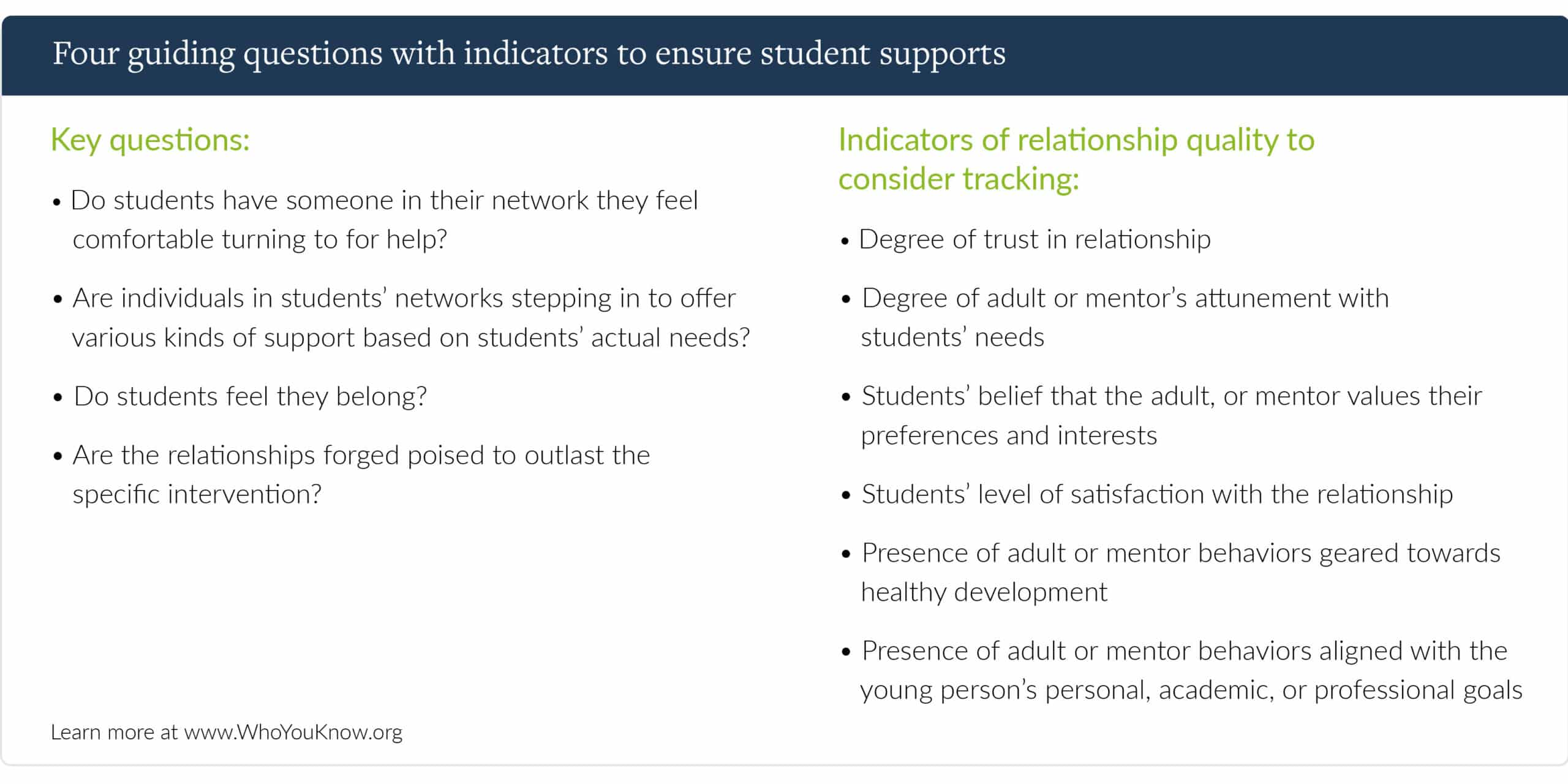Two years ago during the height of the pandemic, I published a blog titled “Are the kids okay?” that cited a June 2020 Gallup poll finding that 43% of parents warned that their children were “already experiencing [emotional or mental] harm” and/or “reaching their limits” from social distancing practices.
Fast forward to the present, and even though most schools are back to in-person learning, USA Today reports that 87% of all Americans are concerned about the mental health status of young people, with two in three parents saying they’re “extremely” or “very” worried. Concerning data like this has even prompted The American Academy of Pediatrics, American Academy of Child and Adolescent Psychiatry, and Children’s Hospital Association to declare a National Emergency in Child and Adolescent Mental Health.
Unfortunately, the student mental health crisis is just one component of education’s perfect storm, also consisting of staffing shortages (e.g., only two states exceed the nationally recommended ratio of one school psychologist for every 500 students, and no state meets the recommended ratio of one social worker for every 250 students), teachers’ poor mental health, racial tensions between families of color and their children’s schools, and the critical need to help students remain on-track academically as the pandemic continues.
Tackling the student mental health crisis amidst this unprecedented upheaval may seem insurmountable, or at the very least, time-consuming when time has become a scarce resource, but educators don’t have to do it all themselves: recent research lays out four social support considerations that can help them leverage students’ connections and community toward improved mental and academic wellbeing.
Even better? These supports are mapped to indicators of success, meaning educators can understand if and how the relationships on offer actually meet students’ needs; in other words, by measuring these social supports, educators can determine whether or not they’re effective.
However, the considerations listed below are predicated on educators already knowing their students deeply, as well as students’ access (or lack thereof) to connections. For educators looking to know their students better, Turnaround for Children provides a list of tools and activities for this initial relationship-building, and to help educators identify their own stress responses and create communication strategies for when “things get tough.” The Institute’s recent five-step playbook for mapping and measuring students’ relationships is also helpful.
Social support 1: The student has someone in their network whom they feel comfortable turning to for help.
To help ensure students are building relationships grounded in trust, research across mentoring programs suggest that focusing on indicators of quality is a fundamental first step. Indicators include how a student is experiencing a relationship and the extent to which the student is receiving the care, support, or resources she needs. The National Mentoring Resource Center offers a toolkit with a host of such indicators as well as a validated survey that can be used by schools. Some survey instruments likewise capture information about mentors’ or adults’ perceptions of the relationship.
Asking students directly if they feel comfortable turning to the adults they are connected to for help is the clearest approach for ensuring adults’ perceptions match students’ reality. Matriculate, a virtual platform that supports high-achieving, low-income students in navigating the college application process, for example, directly asks students to agree or disagree with the following statement: “I feel comfortable asking my advisor questions related to my application process.”
The Search Institute has also developed a framework identifying five elements that contribute to “developmental relationships”: expressing care, challenging growth, providing support, sharing power, and expanding possibilities. Search Institute’s recently released Developmental Relationships Survey obtains insights from youth in grades four through twelve on the quality of developmental relationships within reach, their social-emotional competencies, and equitable practices such as the extent to which students are building social capital.
Social support 2: The student has individuals stepping in to offer various kinds of support based on actual needs.
Different connections offer different values. Surrounding students with an interconnected web of diverse, positive relationships can help surface students’ actual needs and make sure those needs are fulfilled.
An example of this in practice comes from the Phoenix Union High School District (PUHSD), which serves 30,000 students. Even as one of the largest high school districts in Arizona, PUHSD during the height of remote learning worked to connect with Every Student, Every Day to provide the resources and support they needed. Staff were assigned to ten students to call each day and ask simple questions such as, “How are you doing emotionally? Do you need any food? How is your online learning going? Do you have a laptop and connectivity? Has anyone lost their job recently?” The district’s “PXU Remote Learning 2.0” also included career and college counseling in response to student requests.
Social support 3: The student feels a sense of belonging.
Students’ sense of belonging is shown to affect their wellbeing, academic performance, and commitment to staying in school. But when school buildings closed in the spring of 2020, only one in three students said they really felt like part of their school community and felt connected to the school. On average, students reported that this is worse than usual.
One effort to assess and strengthen students’ sense of belonging during ongoing remote learning was launched by The New Teacher Project (TNTP). Their freely accessible Learning Experience Survey enables districts and schools still offering some remote learning to surface actionable input from students and parents on their sense of connections and support. Students, for instance, are asked, “How true are the following statements for you?” Statements include: “There is at least one adult at my school that I can talk to about how I’m doing.” and “My teachers make me feel like I belong in their class(es).”
For students from diverse backgrounds and students of color, creating a sense of belonging can start with inclusive family engagement by creating structures that deliberately leverage and involve all families, not just those with the comfort or ability to take the initiative themselves. By authentically engaging with students’ families, schools can harness each family’s cultural wealth of resources and insights about what their children need to thrive.
For example, the Parent Institute for Quality Education (PIQE) is a national, social justice-focused nonprofit that helps build parents’ capacity to engage in their children’s education and strengthen parent-school collaboration. In partnership with 128 school districts in California and 380 schools across the nation, PIQE provides families with the information and skills they need to advocate for their children through scores of hands-on workshops and seminars. For more ways that schools can reimagine family engagement, read “Family engagement reimagined.”
Social support 4: The student’s relationships are poised to outlast specific interventions.
Young people need relationships that provide critical care, support, and encouragement right at the moment. But they also need longer-term relationships that can expand their options and connect them to new opportunities for the future—like advice, jobs, and learning experiences. In other words, assessing the quality of student supports today can ensure students have the networks they will need tomorrow.
For example, an engineer in the local community may be asked to present to a classroom what it means to be an engineer. This is a discrete experience. Putting in place a system that enables any interested student to have access to a career professional for follow-up questions, career advice, and additional learning experiences (e.g. internships) outlasts discrete experiences. To ensure these longer-term connections, schools must start to treat relationships as outcomes in their own right, quantifying and tracking them over time alongside academic metrics.
For instance, students at Comp Sci High School complete a summer internship reflection survey in which they respond to the question, “I met with an adult or older peer who I will reach out to in the future to help me with my job/career goals.” Educators at this Bronx, NY charter school know that students with access to high-quality relationships—ones built on trust and aligned with their needs—can translate to a reservoir of relationships that students can mobilize as their needs evolve.
Resource for educators/school staff: Four guiding questions with indicators to ensure student supports

Navigating an ongoing pandemic is uncharted territory. Despite a perfect storm of competing demands for resources, schools and educators have the will to support students’ mental and academic wellbeing. With these considerations, indicators, and resources to ensure the quality of students’ networks, they now have a way. (Additional survey and data collection approaches to measure the quality of students’ relationships can be viewed in the Appendix of our recent report which highlights early innovators designing and measuring for students’ relationships.)



